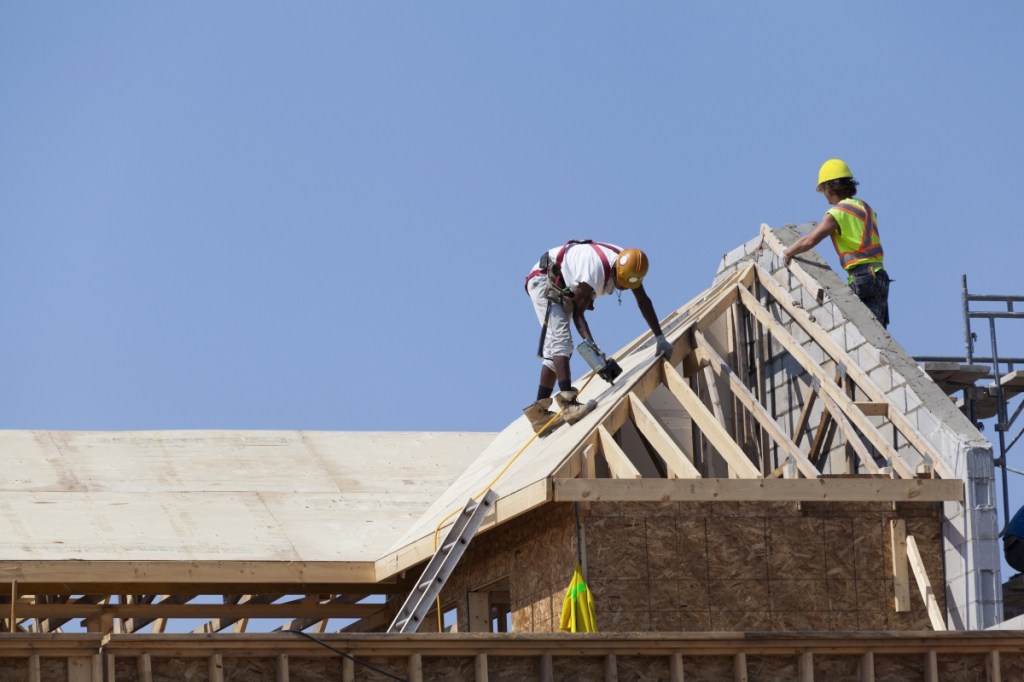For most states, the pipeline for construction of single-family homes specifically designed as rentals is booming. However, not all states are jumping on the trend. Market conditions in 10 states are such that this kind of construction isn’t a priority. In fact, these states are seeing no additional construction of single-family homes for rent, according to reporting at Axios.
On a per-capita basis, Arizona is the state with the most built-for-rent housing in the construction pipeline with 2,011 units planned or under construction per one million inhabitants, according to data from the National Rental Home Council (NRHC). Coming in at a “distant second” is North Carolina with 1,071; while Texas is in third place with 856. The nationwide average sits at 345.
No single family rental construction in 10 states
However, despite data from Zillow that illustrates that to meet the housing supply needs of the nation, the United States needs 4.3 million more homes, there are 10 states that aren’t constructing built-for-rent housing, the reporting explains. Among them are Oregon, Massachusetts and West Virginia, where there is no built-to-rent construction of single-family homes “ongoing or planned at all,” based on NRHC data.
Why are these states lagging, some of the reticence likely has to do with a lack of favorable market conditions for construction, according to David Howard, NRHC’s CEO.
“Portland and, more broadly, the state of Oregon have many of the kind of drivers that housing developers are looking for when they enter a market,” Howard told Axios. But that enthusiasm could be diminished in a state like Oregon due to its limits on annual rent increases.
Banning rent increases in Oregon
Last month, the state banned rent increases higher than 10% in years of high inflation, and the law went into effect on July 6. The bill was drafted in response to complaints from the state’s renters, as some areas saw increases of as much as 14.7% in 2022.
“The debate highlighted the high rate of rental ownership in the state Capitol, where passive income from owning property makes it possible for lawmakers to afford to be in Salem for months each year on their $35,000 legislative salary,” according to reporting at the Oregon Capital Chronicle. “Portland Rep. Thuy Tran, [also a] landlord, was one of only two Democrats who voted against the measure.”
Measures such as rental increase bans put builders on edge, Howard explained to Axios.
“Say what you will about the legitimacy of various rent control and rent cap regimes […] it’s something that causes developers to pause in their consideration of whether they want to enter a market,” he said. “I think developers have gravitated toward other markets where there perhaps is more certainty.”





